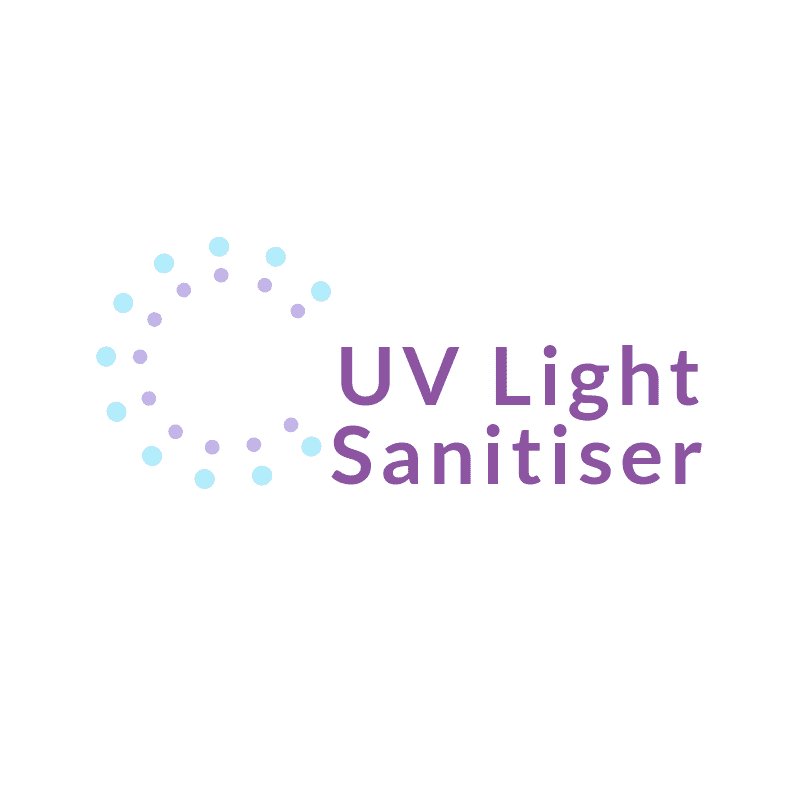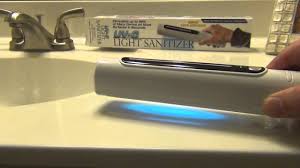As society struggles to recover from the coronavirus pandemic, some scientists hope that a decade of technology can help. A UV Cleaning Light will allow pathogens in stores, restaurants, and classrooms to quickly disappear and may contribute to containing the spread of the infection.
As we all know, ultraviolet (UV) radiation can effectively destroy the DNA of bacteria, viruses, and other harmful pollutants for over 100 years. In 1878, Arthur Downs andThomas P. Blunt published an article describing the sterilization of bacteria exposed to shortwave (UV) light. In 1903 Niels Finsen received the Nobel Prize for medicine. It uses ultraviolet light to combat lupus and cutaneous tuberculosis.
How UV Cleaning Lights Work?
In the electromagnetic spectrum, ultraviolet rays are between visible light and X-rays. We cannot see it, although it exists in the sun and destroys our DNA very well. This is why you need to apply a sunscreen: the lotion can protect you from two types of ultraviolet rays. Ultraviolet A radiation and ultraviolet B radiation can cause premature wrinkles on the skin, sunburn and skin cancer. The third type is called UVC, the wavelength of which is too short to penetrate Earth’s atmosphere and reach our skin, so it does not pose a threat to sunbathers.
Research has shown that portable light disinfection can seriously destroy genetic material, such as DNA, so that microorganisms or viruses exposed to radiation cannot multiply. Jim Bolton, an environmental engineer at the University of Alberta, said: “It cannot kill the virus, but it cannot multiply.” The pandemic has made UV disinfection increasingly popular, and New York City’s hospital and subway system have acquired this technology.
Ultraviolet (UV) light is created by the sun and special lamps. It can be categorized into three types namely UV-A, UV-B, and UV-C. UVC light has the highest energy among the three types. This energy destroys the genetic material within viruses and other microorganisms. Therefore, UVC light can be used for disinfection. UV cleaning lights and robots are commonly used to disinfect objects, such as water, laboratory equipment, hotel room disinfection, such as buses and airplanes.
Ultraviolet rays destroy the genetic material of pathogens: DNA in bacteria and fungi and RNA in viruses, preventing their reproduction. William P. Banflet, professor of architectural design at the University of Pennsylvania, said: “You basically killed it.”
Uses of a UV Cleaning Light
Here are some of the ways UV light technology is being used
Filtration
Ultraviolet (UV) has enough energy to break organic molecular bonds. When the microorganisms pass ultraviolet light emitted by an UV Cleaning Light, the DNA link is broken. If this causes enough damage to the cells, it will prevent the microorganisms from damaging people. Ultraviolet rays can destroy the DNA of bacteria, viruses, bacteria, fungi, mold, and many other harmful contaminants. The wavelength of ultraviolet rays is different. UV-C has the shortest wavelength and is known as “germicidal UV”.
Water Treatment
Ultraviolet rays can be used to disinfect drinking water since 1910 in Marseille, France. By 2016, countries around the world adopted regulations that allow municipal water supply systems to disinfect drinking water with UV light. For example, in Europe there are more than 6,000 commercial UV radiation water treatment plants. In North America there are even more.
Offline personal homes such as cabins, pastures, homes, and island homes also use ultraviolet water treatment systems. In the past 15 years, the UV system for residential buildings has undergone major changes. This now applies not only to systems and technologies, but also to the laws, standards and certificates that apply to residential UV systems. In many jurisdictions, NSF standard Class 55 A UV systems are now required to be installed where people can drink water.
Internal air filtration
Recently, UV lamps have been used to “clean up” harmful indoor air pollutants. Internal air purification systems use fans to transmit air in ultraviolet light. The key to this form of cleaning is the placement of ultraviolet light. A good filtration system should be present to eliminate dead microorganisms. For an indoor air purifier to be more efficient, the air should pass in a parallel stream through the UV-C lamp. This helps to maximize exposure time, and there should be no shadows or obstacles between light and stream.
Air purifier.
All clean air surgical cleaners use UV-C lamps in the fifth stage of filtration in the destruction room. Each purifier is designed to maximize the effects of air flow on UV-C rays.
There are three ways for a lamp: (i) the air flow is parallel to the lamp, and (ii) UV light is an open space without any obstruction.
UV Light and Coronavirus
In hospitals, ultraviolet light was found to destroy viruses and other microorganisms. But it is not widely used in hospitals or other medical facilities. The US government. USA And the UV technology industry is working to establish standards for UV disinfection technology in healthcare facilities.
Most UV disinfectants have not been tested against the new SARS-CoV-2 coronavirus. However, ultraviolet light has been shown to destroy coronaviruses, including those that cause MERS.
Is It Safe For Humans?
Ultraviolet rays (especially UVC) destroy the virus’s DNA or RNA, weaken its ability to reproduce, and therefore kill the virus. The hospital uses ultraviolet lamps and even robots to disinfect the air in the room. However, like the use of disinfectants, light disinfection wand cannot distinguish between their lethality. David Brenner, a physicist at the Columbia University Radiology Research Center, said light also damages human cells, potentially damaging the cornea, causing sunburn and increasing the risk of skin cancer. That’s why the hospital staff only turns on the light when the room is empty.
Theoretically, a tube with ultraviolet light can be inserted into a person’s airway, but this is a very bad idea. Brunner said: “This will damage all the cells in the body.” And in any case, light will not reach all areas of the lungs. He said: “UV light cannot pass around the corner.” “I don’t think it will kill all viruses in any way.” Any remaining virus will simply multiply, causing the person to still try to resist the Covid-19 infection, but there is now potential damage to cells from ultraviolet radiation.
Exposure to ultraviolet radiation is dangerous for people. UVC disinfectants can harm your eyes and skin. Ultraviolet rays can cause cancer.
Scientists are exploring ways to use certain types of portable light disinfection that can be safe for humans. However, existing products are not safe to use on your body.
Sticks, cases, and UV lights are also sold for home use, such as disinfecting mobile phones. However, the safety and efficacy of these products are unclear. Beware of false claims that these products are effective or can be used in humans.

